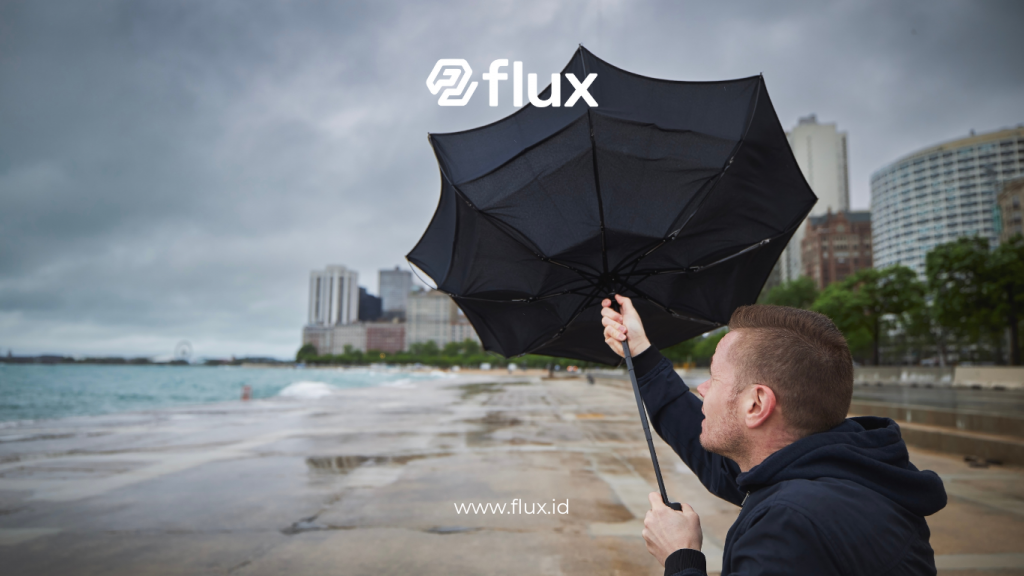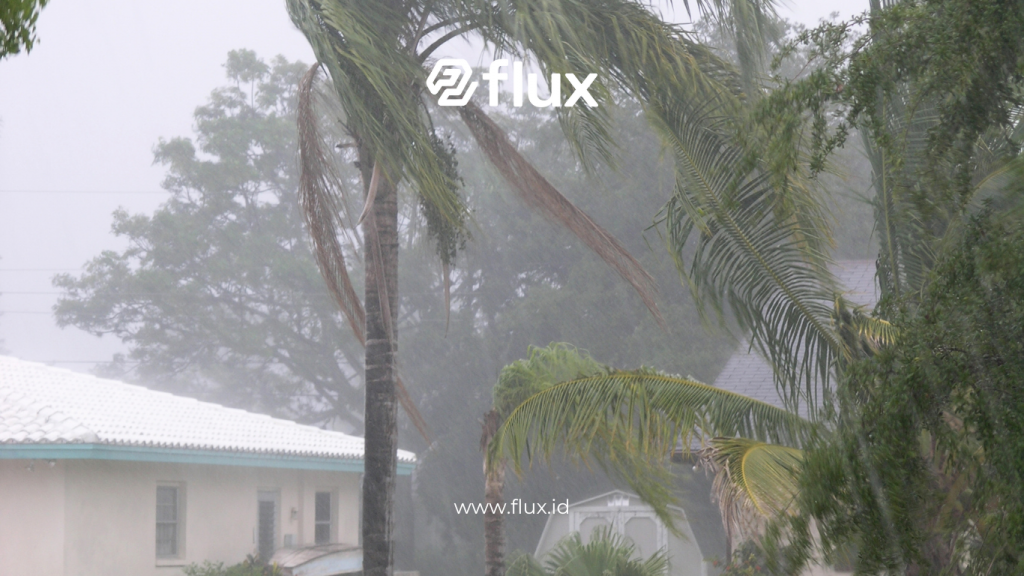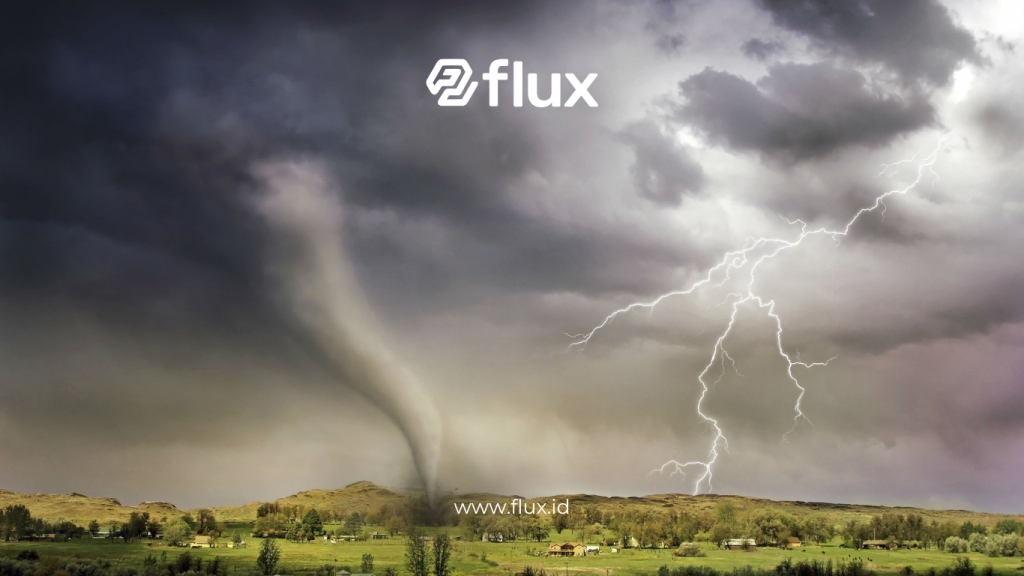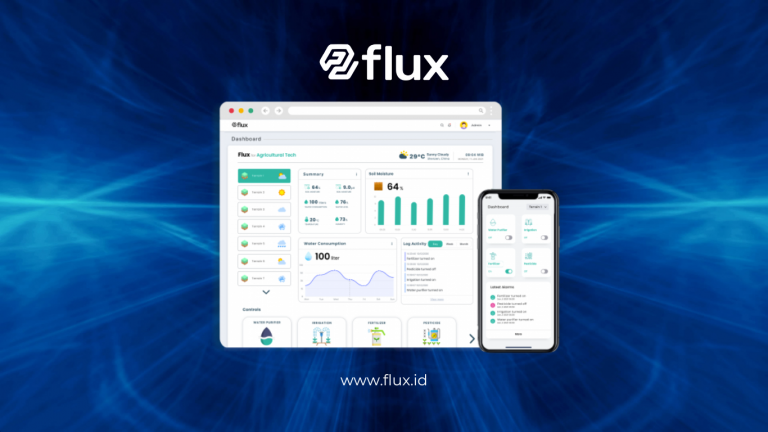Don't miss our holiday offer - 20% OFF!
Strong winds pose a serious threat to communities worldwide. Their impact includes infrastructure damage, loss of life, and economic losses. IoT Sensors for Disaster Safety emerge as modern solutions to mitigate these effects. With real-time environmental monitoring capabilities, these sensors aid in early warnings and rapid response.
Contents
What Are IoT Sensors?

Read More: Demystifying Anemometer for Extreme Winds
1. Understanding IoT Sensors
IoT sensors are smart devices that collect environmental data, transmit it to a network for analysis, and provide actionable insights instantly.
2. Types of IoT Sensors for Disaster Mitigation
- Wind Speed Sensors: Measure wind intensity.
- Air Pressure Sensors: Detect pressure changes that may trigger storms.
- Temperature Sensors: Identify patterns of extreme weather.
The Role of IoT Sensors in Combating Strong Winds

Read More: Benefits of Door and Window Sensors for Smart Buildings
1. Real-Time Monitoring
IoT sensors can monitor wind speed and direction, providing accurate data to authorities.
2. Early Warnings
Using data-driven algorithms, IoT systems can issue early warnings to communities, allowing more time for evacuation.
3. Post-Disaster Rapid Response
Sensor data helps rescue teams identify the most affected areas, facilitating resource allocation.
Benefits of Using IoT Sensors
1. Reduced Risk to Lives and Property
Early warnings enable preventive measures before disasters escalate.
2. Operational Efficiency
IoT sensors minimize reliance on manual methods for weather monitoring.
3. Enhanced Community Resilience
Communities are better prepared for disasters with accurate information and faster response times.
Challenges in IoT Sensor Implementation
1. Infrastructure Availability
Not all regions have networks that support IoT technology.
2. Installation and Maintenance Costs
Initial and maintenance expenses remain barriers, especially for regions with limited budgets.
3. Integration with Existing Systems
Synchronizing IoT sensors with traditional disaster mitigation systems requires time and expertise.
Case Studies: IoT Sensor Applications for Wind Safety

Read More: Overcoming Strong Winds on Infrastructure with IoT Sensors
1. Japan and IoT Technology in Storm Mitigation
Japan uses IoT sensors to detect extreme weather changes and issue early warnings to residents, saving thousands of lives.
2. United States and Tornado Monitoring
IoT sensors monitor wind speeds and help determine safe evacuation routes.
Guide to Implementing IoT Sensors for Disaster Safety

Read More: Detecting Storms and Strong Winds with IoT Sensors: Innovations for Disaster Risk Mitigation
1. Identify Local Needs
Ensure that the sensors used match the specific threats faced.
2. Collaborate with Stakeholders
Involve governments, private sectors, and communities in installing and managing IoT sensors.
3. Education and Training
Educate communities on how to interpret data and respond to early warnings from IoT systems.
Conclusion
IoT sensors offer revolutionary solutions for combating strong wind hazards. This technology simplifies environmental monitoring, early warnings, and post-disaster responses. While implementation challenges exist, its long-term benefits outweigh the hurdles. Through collaboration between technology and communities, disaster risks can be minimized, safeguarding more lives and valuable assets.





